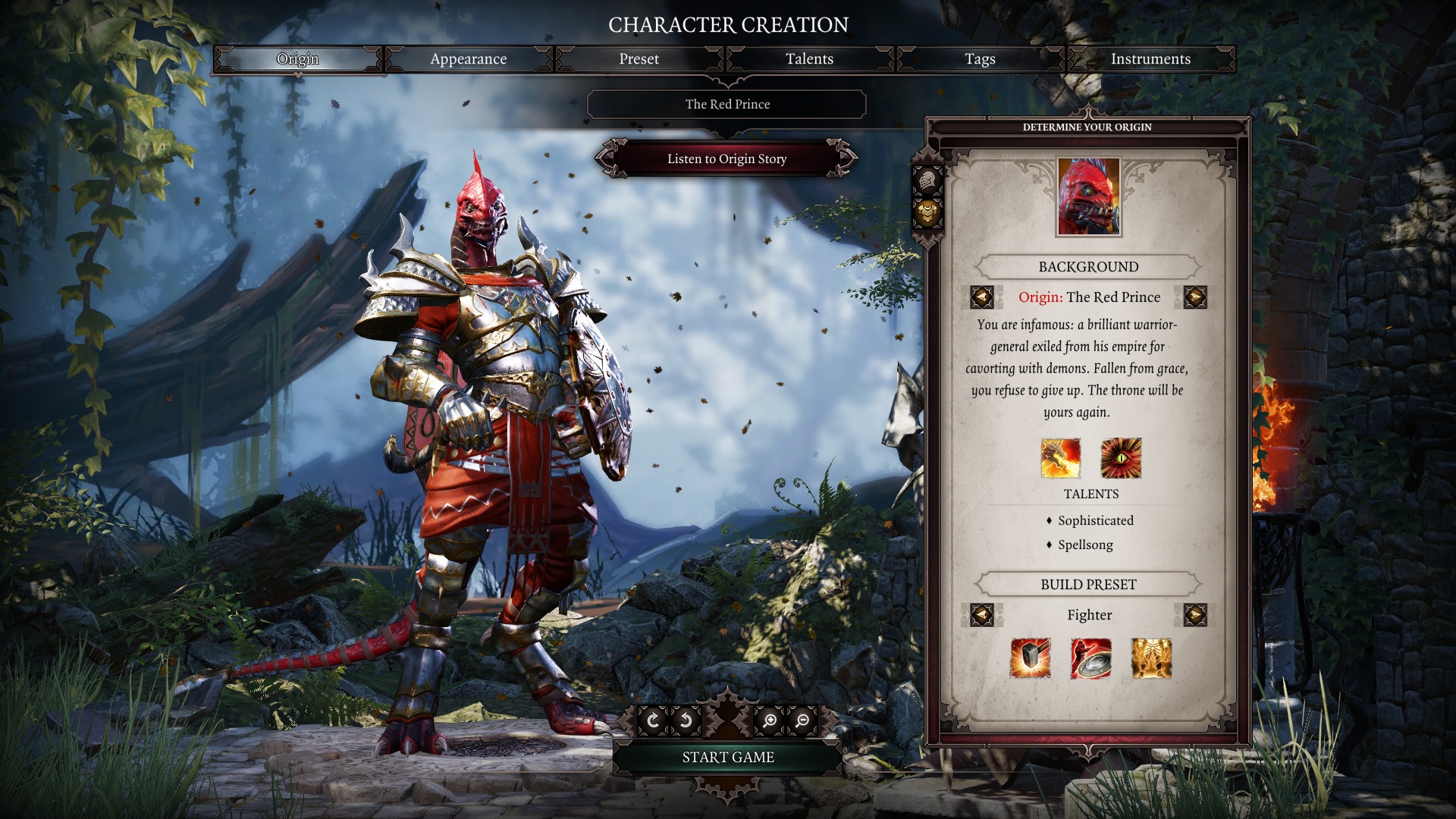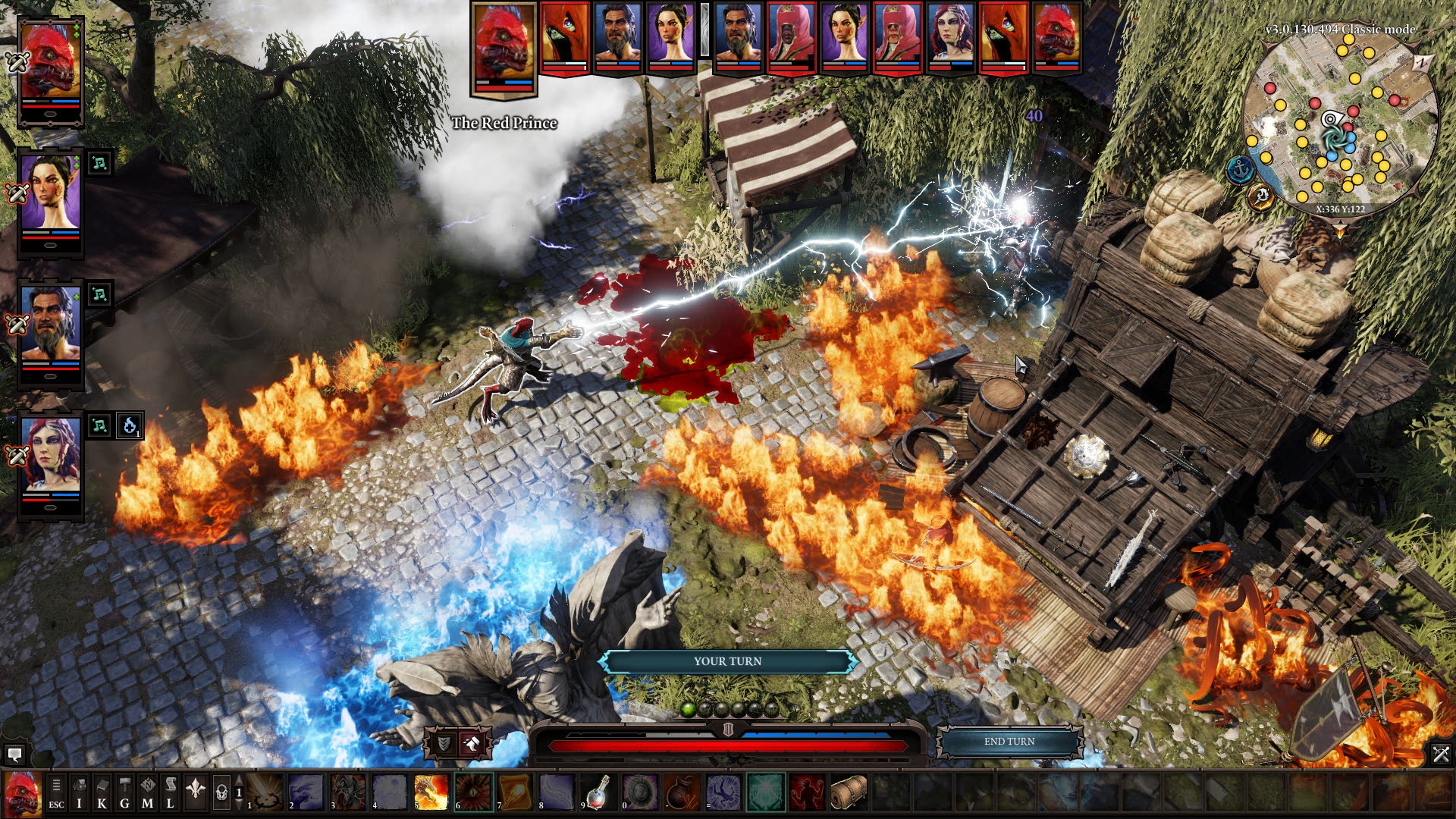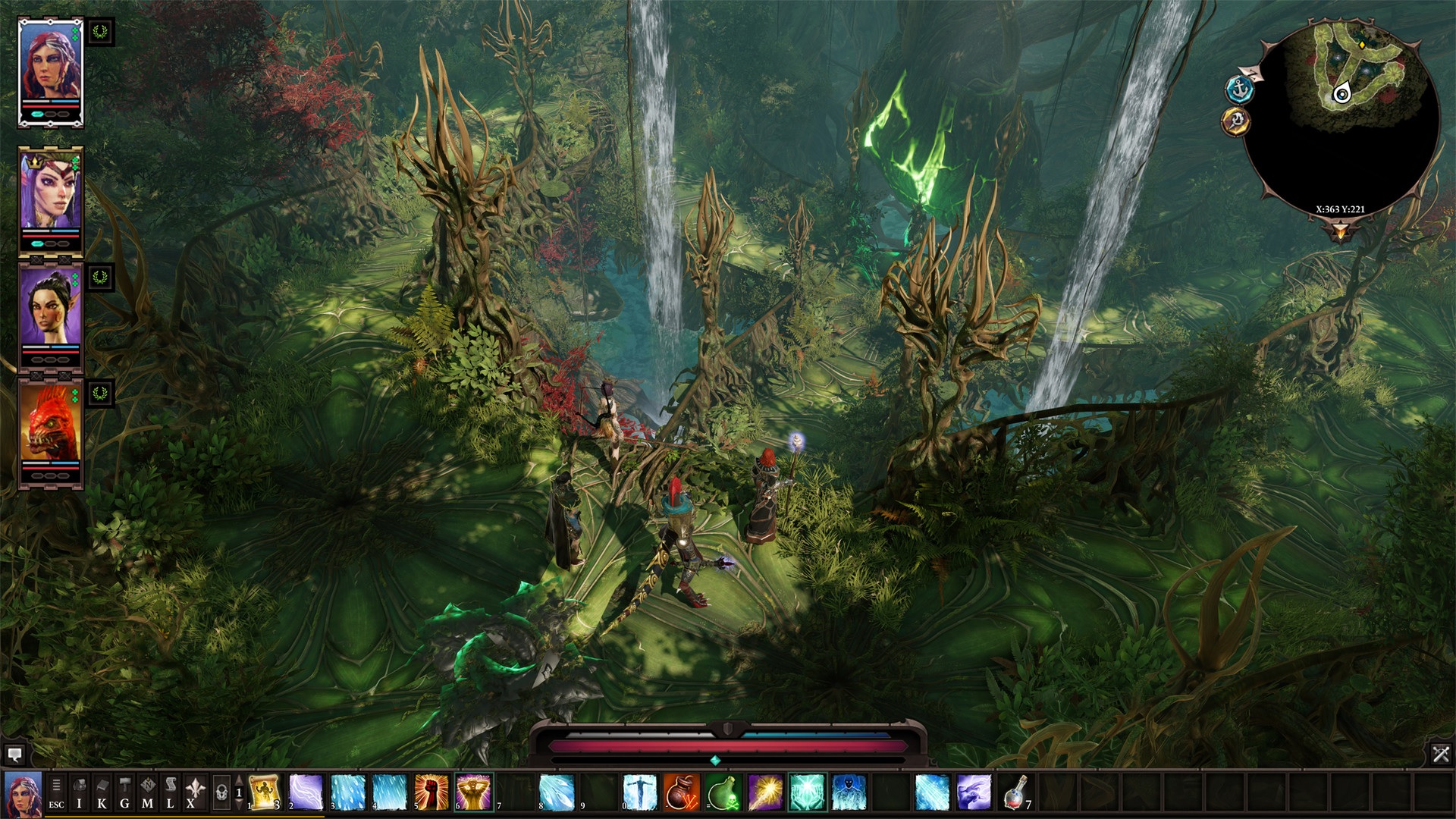Divinity: Original Sin 2 is the deepest game you could play this weekend
Divinity: Original Sin 2 is so deep I’m drowning — in the very best way

I adore a good fantasy world that I can sink into. The Witcher 3 is one of my favorite games, and The Elder Scrolls V: Skyrim gives me a glorious country to get lost in. But my first flirtations with games set in rich fantasy worlds started with isometric, party-based CRPGs, notably the epic Baldur’s Gate II: Shadows of Amn.
So when I started hearing good things about Divinity: Original Sin 2, especially from our sibling publication PC Gamer, I was drawn back to more traditional RPGs.
Welcome! This column is part of a regular series in which we share what members of the Tom's Guide staff are playing and enjoying right now, with an eye towards helping you find great games that you may have missed. Be sure to check out our recent entry, where we talk about Apex Legends Mobile.
Released in 2017, Divinity: Original Sin 2 is, unsurprisingly, the sequel to Divinity: Original Sin. That game took the classic isometric party-based RPG and modernized it in terms of graphics, features and combat. I didn't play the first game, but from what I've read, Original Sin 2 improves upon it and delivers one of the best RPGs you can play today.
I started Original Sin 2 a while back, but the size and scope of it, plus my rusty CRPG skills, mean I’ve been chipping away at it slowly in-between other games, such as Horizon Forbidden West and Elden Ring. But I think this a rather enjoyable way to play it, at least for time-strapped people like me. As such, Original Sin 2 makes a great weekend game.
Read next: Warlord: Britannia is the (almost) perfect blend of strategy and first person gaming.
On a Saturday evening, I often find myself pouring a sizable glass of wine or whiskey, booting up my desktop PC and sitting down for a session of Original Sin 2. What starts as an hour or two of quest completion and exploration, often ends up as a mammoth session with pretty much an empty bottle of something strong.
That’s because Original Sin 2 is utterly brilliant and completely compelling. It’s also bloody tough.
Get instant access to breaking news, the hottest reviews, great deals and helpful tips.
Divine depth

What makes Divinity: Original Sin 2 great is its Marianas-Trench level of depth. And that's evident from the very start, with a character creation process that lets you choose from a mix of compelling folks, from a dwarf pirate to a slightly pompous red lizard man. You can also create a fully customized character.
You then find yourself in a world that has a few newer fantasy tropes (elves are a downtrodden and displaced race), but also full of mystery and intrigue. You start to figure out why you are where you are, and what your position is in the world. (I’m keeping this vague as I don’t want to let any spoilers free.)
The approach to NPC conversations is typical CRPG fare, where you select your responses. But all the lines are voice acted, and there’s a narrator who reads out a lot of flavor text. Delivered in a well-spoken British voice that seems destined for storytelling, this adds depth to the whole experience and is a blessed relief from reading reams of text in older CRPGs.
The breadth of options in character and NPC interactions are wide, as well as deep. You can talk your way in and out of fights, and manipulate conversations based on innate character traits. This did lead to me doing a bit of "save scumming" until I got the desired outcome, but you don’t have to play like that. Regardless, it's engrossing stuff, with even the most basic NPC often having a lot more going on than meets the eye.
Clever complex combat

Speaking of a lot going on, the combat system is deep. At first, it’s a turn-based take on classic CPRG combat, in that you’ll likely have one character for absorbing damage, one for dealing damage, a spell caster and perhaps an archer. Battles involve chipping away at an enemy’s defenses and debuffing them with magic, while buffing up your own characters.
But things get deeper when you realize that you can have a warrior who’s also adept at flinging lighting, or a mage who can wield a great big mace and go toe-to-toe with burly enemies. Add in the ability for spells and attacks to synergize — for example, coating an enemy in oil, then setting them alight with a fireball — and you’ve got an attention-grabbing combat system with a lot of choices for how you wear down or bypass the defenses of adversaries.
In the standard classic mode, some of these fights can be hard, with a lot of enemies ganging up on your party of four. Sometimes, the best approach is going away and leveling up your characters; other times you may require better gear; another situation may call for some devious positioning, tactical retreats and luring enemies into traps.
One of the best parts of the combat is you’re rarely limited in scope. While some characters may be actively engaged in battle, others can sneak around undetected to get into an advantageous position before you order them to strike. The use of teleport spells can have hilarious effects. And the ability to pick up and position boxes, barrels and more can create interesting obstacles and killing zones in which to unload magical death on unsuspecting enemies.
It’s here that Original Sin 2 sucks up most of my time. While I’m at a stage where I can get through some tough fights with the use of a few resurrection scrolls (they are rather limited at the beginning of the game), I prefer to aim for a battle with no felled allies. This can lead to some obsessive tactical planning, which can be superbly satisfying when it works, or grimly amusing when it doesn't.
Epic exploration

Outside of combat and conversation, exploring the Original Sin 2’s land of Rivellon is just as absorbing. While the game is not a tour-de-force of high-end graphics, the attention to detail is great. Many areas seem constrained until the camera moves to a different angle, revealing a hidden path, or your party teleports to distant corners of the map. Again, there’s a lot of flexibility in how you approach each area.
The same is true for the game’s myriad of quests, which pretty much all have branching outcomes. Even the most basic A-to-B quest often has a tricky decision or moral quandary to ponder. If there’s one thing I'd recommend, pick up the Pet Pal talent, as it lets your character speak to animals. This is cute, funny, eyebrow-raising and sometimes a little disturbing.
Also, don't be afraid to try all sorts of tricks to complete a quest. More often than not, the thing you think of trying will actually work, even if it seems like the game wouldn't let you do it. I’ll admit it took a few trips to an Original Sin 2 guide for this penny to drop.
Just tapping out these words on my keyboard has me hungry to get back to Original Sin 2, and I urge you to give it a go, too. If you’re bored of first- and third-person RPGs, or fancy a game that’ll immerse you in depth, almost to the point of metaphorical drowning, then don’t pass on Divinity Original Sin 2.

Roland Moore-Colyer a Managing Editor at Tom’s Guide with a focus on news, features and opinion articles. He often writes about gaming, phones, laptops and other bits of hardware; he’s also got an interest in cars. When not at his desk Roland can be found wandering around London, often with a look of curiosity on his face.
